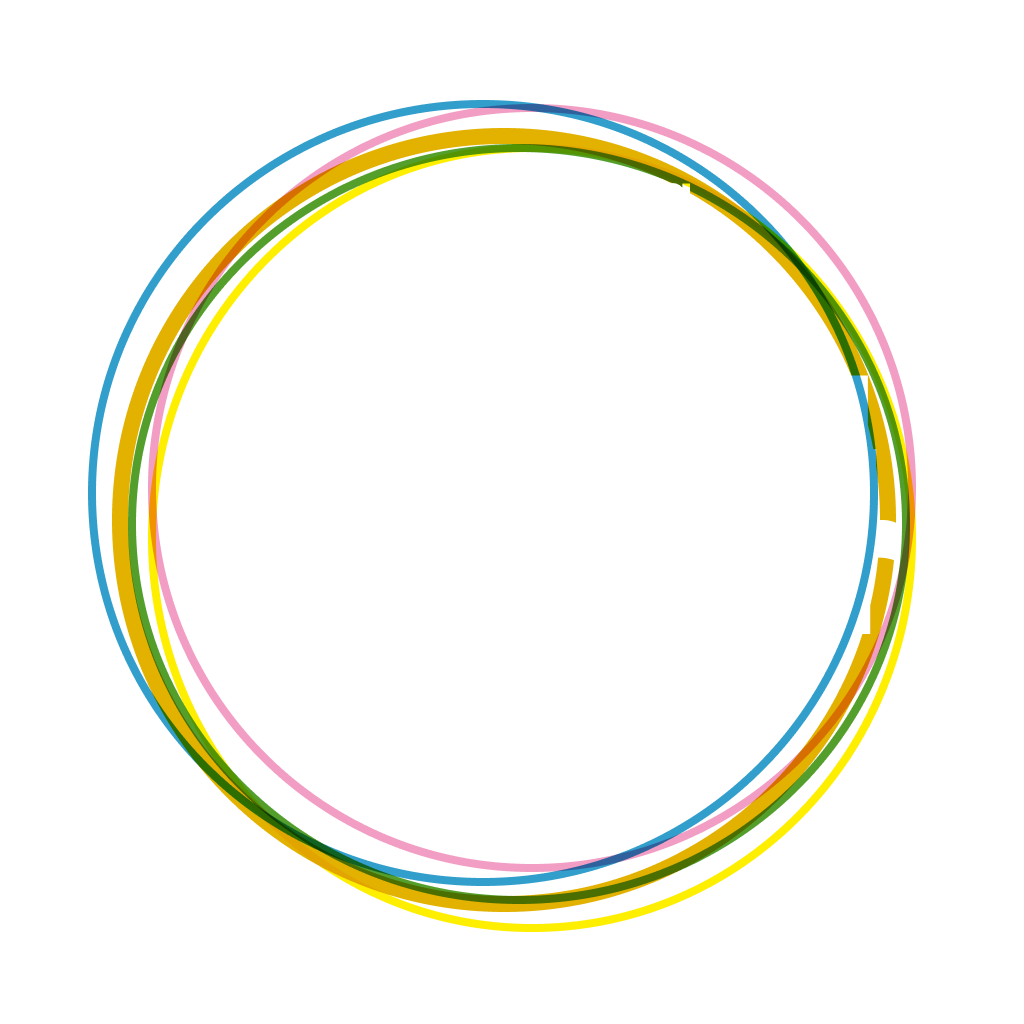Consequence of industrial agriculture: Low crop yields for the fourth year in a row.
After the dry years from 2018 to 2020, crop yields will also decline in 2021. According to the Federal Minister for Food and Agriculture, declining yields are expected for 2021. The current grain harvest is estimated at 42 million tons, which corresponds to a decrease of 3% compared to 2020. Compared to the average for the years 2015 to 2020, the yields decrease by 5%. The decrease is due to drought damage (in some regions such as Brandenburg) as well as heavy rain and flooding. In the previous years from 2018 to 2020, it was mainly drought stress that restricted the plants' growth. The mean annual temperature was 10.5 degrees in 2018, 10.3 degrees in 2019 and 10.4 degrees in 2020. For comparison: the average annual mean temperature in the reference period 1961 to 1990 was 8.2 degrees. A rise in temperature paired with low amounts of precipitation (cf. 2020: 10% below normal) leads to droughts that reduce potential yields.
Global warming is affecting the future of agriculture. But the real problem lies in the way conventional farms work. Often the focus is only on the plant, with its nutrient requirements (fertilization) and care (plant protection). Soil fertility is rarely considered. A vital soil with many microorganisms and humus not only stores water for dry periods, but also CO2 from the atmosphere. A compacted soil with little humus, on the other hand, absorbs little water and leads to soil erosion. The surface water washes away the soil layers. The result is declining soil fertility, which necessitates more fertilization and is more susceptible to periods of drought.
Regenerative agriculture tries to meet this challenge. It increases soil fertility through the targeted supply of biomass, replaces monocultures with permanent crops and practices cultivation methods that promote the build-up of humus. In addition to long-term stable yields, regenerative agriculture also enables the sale of CO2 certificates. The build-up of humus in the soil binds CO2 from the air. This is offered as compensation for CO2 emitters (industry). Companies such as Indigo from the USA or CarboCert and Positerra in Germany create and broker these certificates on the so far small, unregulated market. Should this develop into a regulated market - as originally proposed by France at the Paris Climate Conference - demand could increase significantly. Experts assume that around 1/3 of global CO2 emissions can be bound through the build-up of humus in the soil. Organic farms are already practicing regenerative agriculture today. With a share of 10% of the total area, they are still a “niche player”. The integrated added value also offers economic advantages. In addition to the income from the CO2 certificates (humus build-up), your own production of natural fertilizers (plant substrates) and seeds is cheaper than buying mineral fertilizers, which require a large amount of energy for production. The prices for mineral fertilizers are currently rising significantly due to the high energy prices.
Sources Bundesministerin für Ernährung und Landwirtschaft (Erntebericht 2021, ökologischer Landbau), Deutscher Wetterdienst, C&EN: Carbon farming gets off the ground
